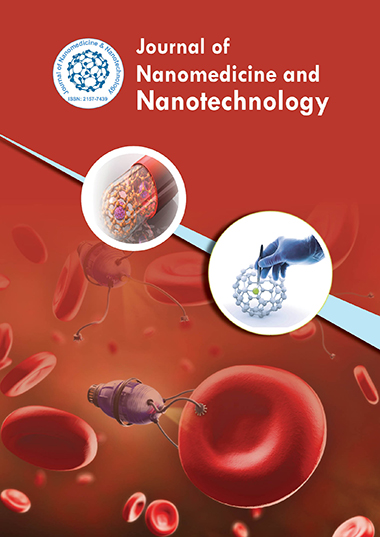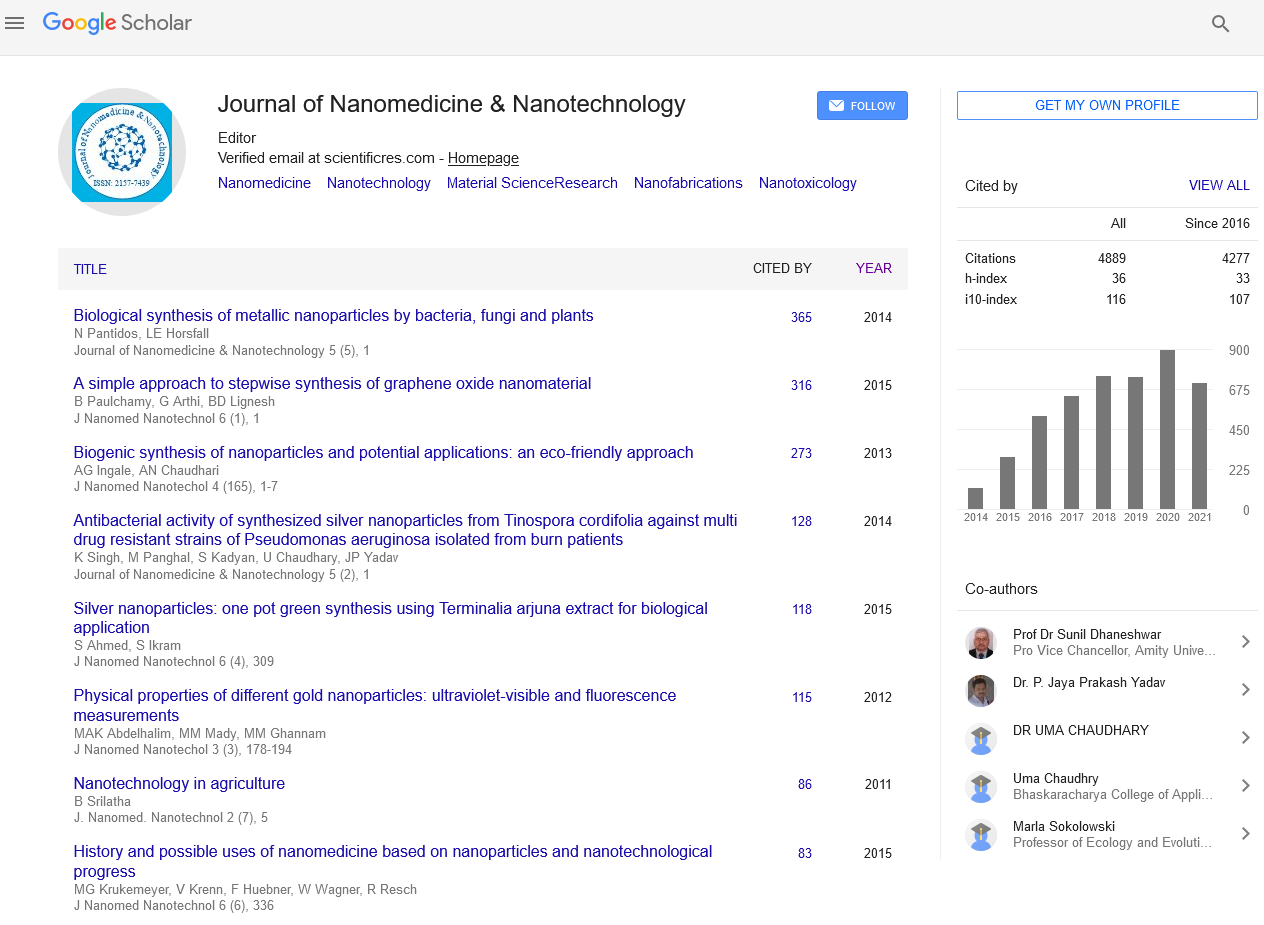Indexed In
- Open J Gate
- Genamics JournalSeek
- Academic Keys
- JournalTOCs
- ResearchBible
- China National Knowledge Infrastructure (CNKI)
- Scimago
- Ulrich's Periodicals Directory
- Electronic Journals Library
- RefSeek
- Hamdard University
- EBSCO A-Z
- OCLC- WorldCat
- SWB online catalog
- Virtual Library of Biology (vifabio)
- Publons
- MIAR
- Scientific Indexing Services (SIS)
- Euro Pub
- Google Scholar
Useful Links
Share This Page
Journal Flyer

Open Access Journals
- Agri and Aquaculture
- Biochemistry
- Bioinformatics & Systems Biology
- Business & Management
- Chemistry
- Clinical Sciences
- Engineering
- Food & Nutrition
- General Science
- Genetics & Molecular Biology
- Immunology & Microbiology
- Medical Sciences
- Neuroscience & Psychology
- Nursing & Health Care
- Pharmaceutical Sciences
Abstract
Nanotube-Enhanced Thermoelectric Materials for Waste Heat Recovery
The recovery of waste heat is crucial for improving energy efficiency and mitigating environmental impacts associated with industrial processes. Thermoelectric materials have emerged as a promising technology for waste heat recovery, as they can directly convert heat into electrical energy. However, the efficiency of thermoelectric materials is often limited by their low thermal conductivity and low electrical conductivity. Recent advances in the development of nanotube-enhanced thermoelectric materials have shown significant potential in overcoming these limitations. Carbon nanotubes (CNTs) and other types of nanotubes, such as boron nitride nanotubes (BNNTs), have been integrated into thermoelectric materials to enhance their performance. This article explores the mechanisms behind the enhancement of thermoelectric properties through nanotube incorporation, the various types of nanotubes used in thermoelectric applications, and their role in improving the efficiency of waste heat recovery systems. The challenges associated with scalability, material stability, and optimization of thermoelectric performance is also discussed.
Published Date: 2024-11-30; Received Date: 2024-11-02


